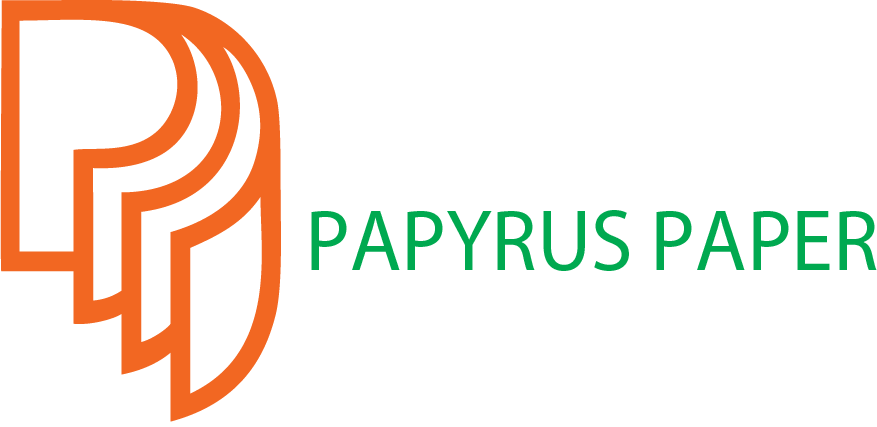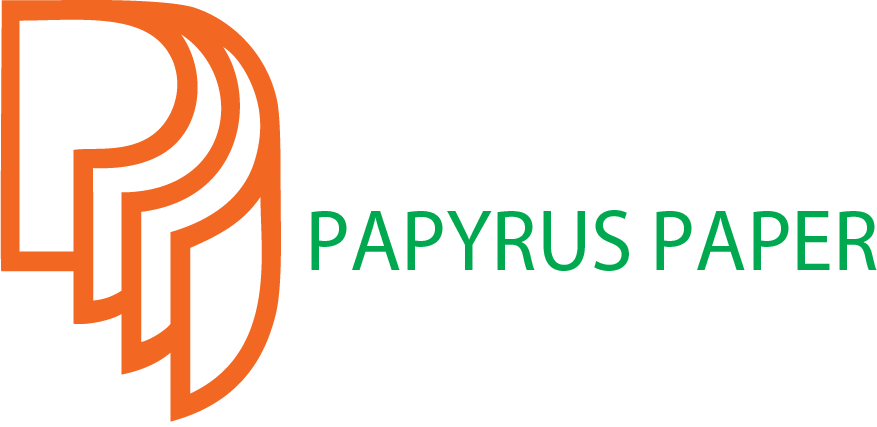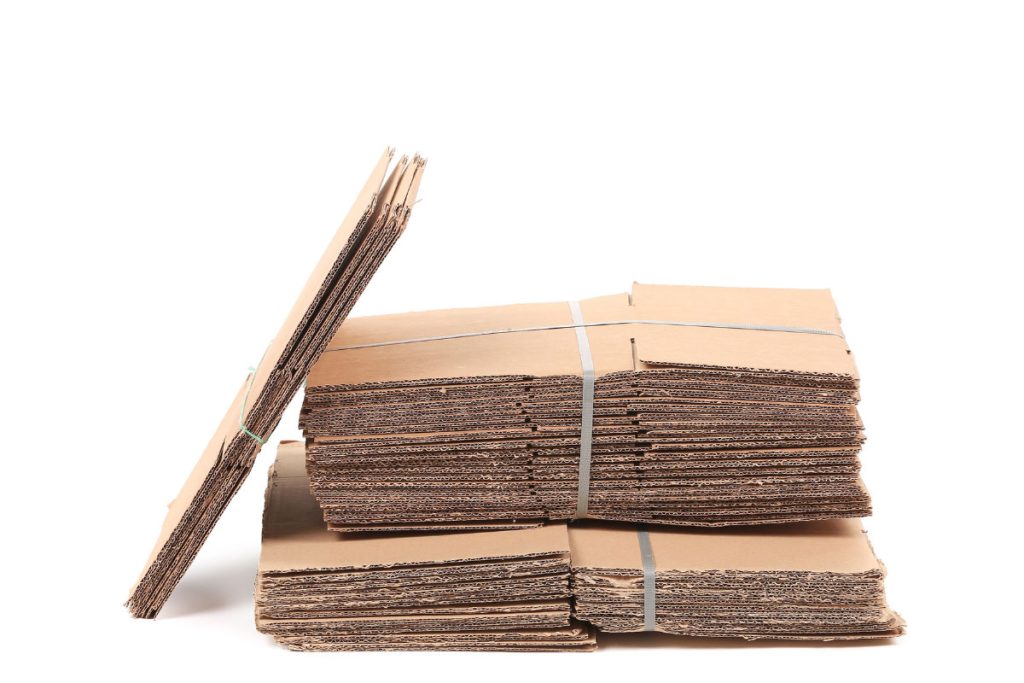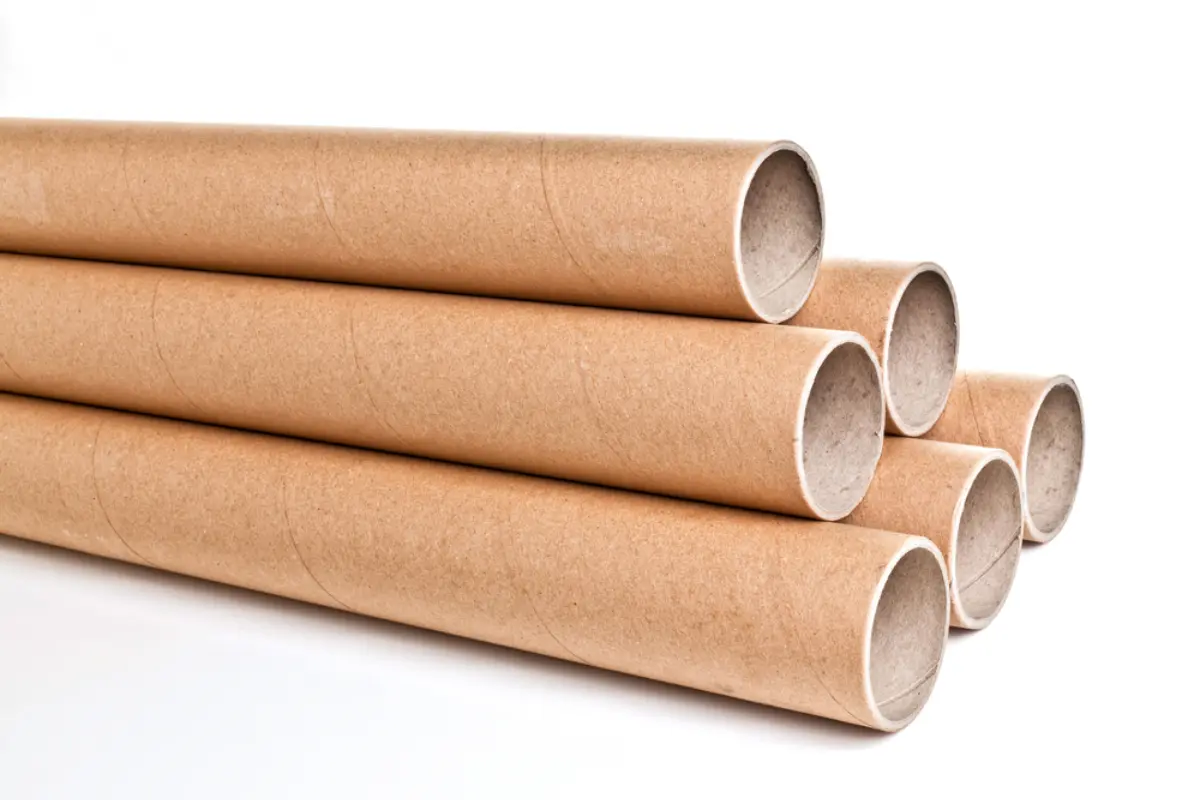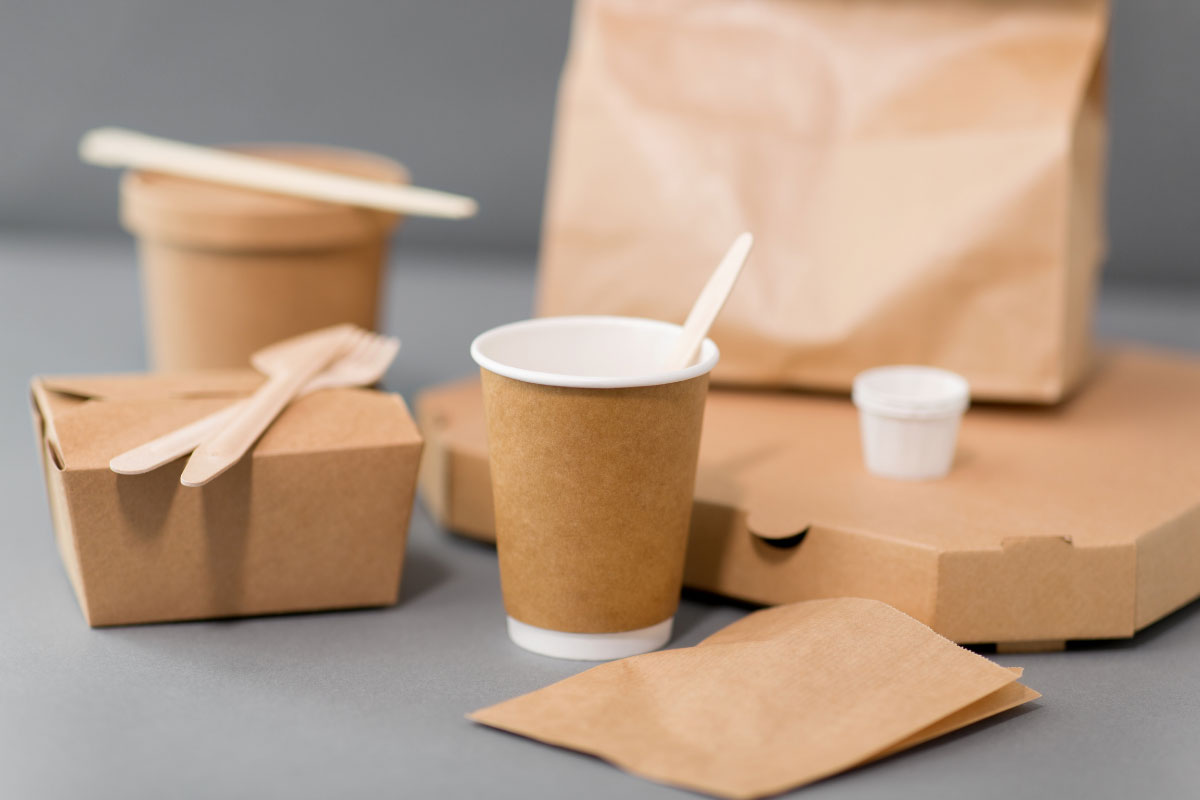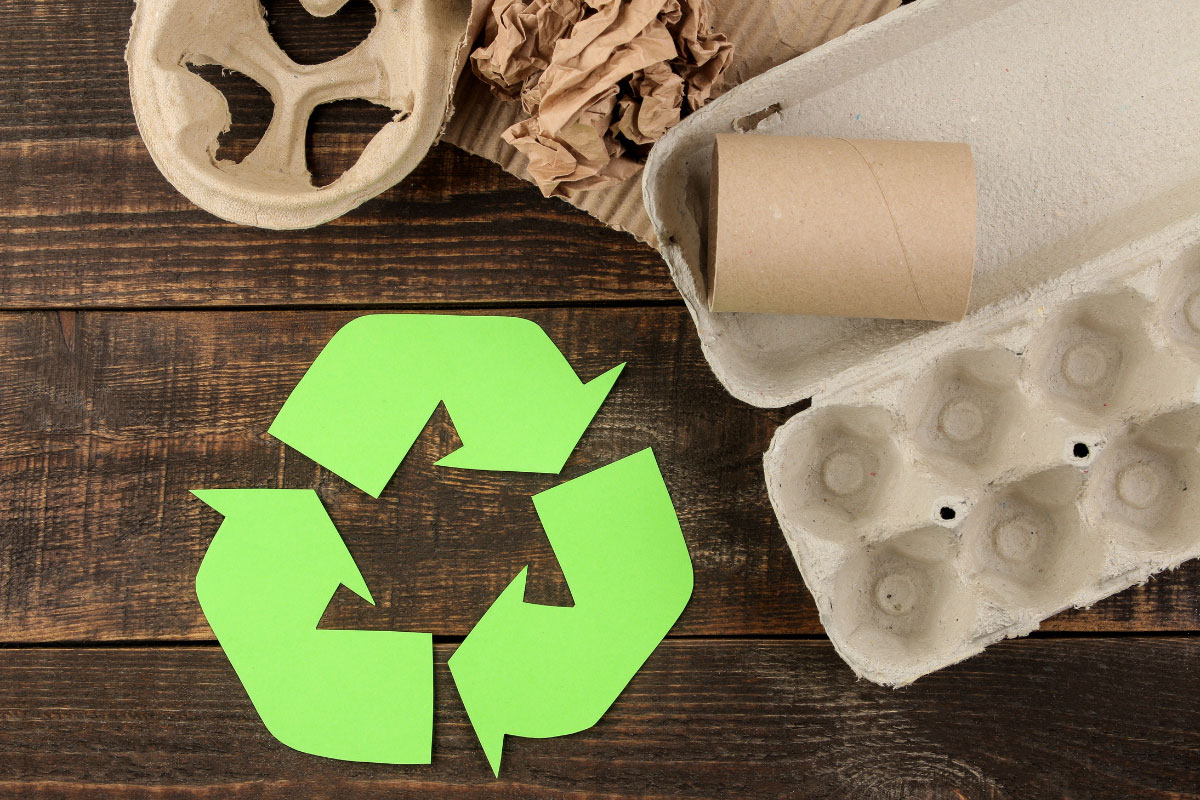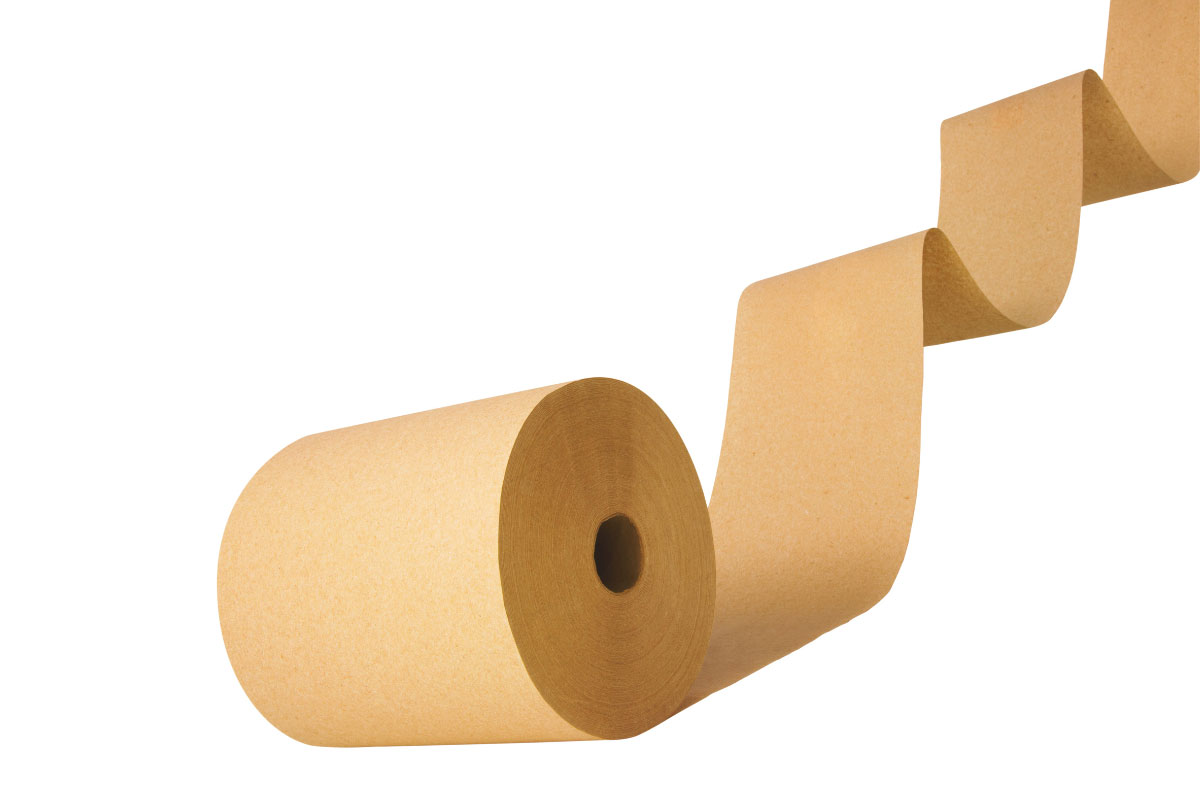Floating paper is the main part of all types of cardboards and boxes. This paper is also known in the market as Congress paper due to its wavy structure, and in fact, all cardboards contain at least one layer of it. Flute paper, which has a thick and strong structure, is used as the middle layer in the cardboard sheet. Of course, this is not its only use, flute paper is also used to fill the empty space inside the boxs and as a protective layer between different goods. In the following, we will answer questions such as what is the use of floating paper and how is it made.
Wood pulp and agricultural waste such as sugarcane can be used to produce flutes like other papers. It is necessary to mention that cardboards and recycled papers and second-hand fibers are usually used to make floating paper. In this way, in addition to the cheap price, there is less damage to the environment. The cardboard sheet is completely recyclable after recycling, which means that we cause the least harm to nature by using fluted paper and cardboard.
Types of flute paper
Cardboard flutes come in different sizes and types and have different uses and features. In general, the larger the flute or the congresses (profiles A and B), the stronger the end product will be and the better the impact will be. In floating paper with smaller congresses (E and D profiles), printability and folding are better.
- Flute A: Compared to other flute papers, this type has fewer corrugations but is taller and has 36 congresses per foot (approximately 30 cm). Type A floating paper can be used as a double layer or as a thick corrugated protector. In fact, the main use of this paper is mostly for making protective and separating layers.
- Flute B: Fluting paper B has many similarities to model A. This paper also has a high height and a low number of congresses. There are 49 congresses in almost every foot of it. Due to its high strength and good resistance to crushing, it is used as a shock absorber. On the other hand, for the production of food packaging, functional cartons are also useful in the retail industry.
- C Flute: It is one of the most common types of flute in making cartons. There are 41 congresses in each foot of Type C paper. Features such as excellent impact, printing and good flexibility are the reasons for its use in the production of common cartons in the transportation industry and household appliance boxes.
- E flute: Its corrugated structure is finer than other models at about 90 flutes per foot and has a low height. The flexibility of the flute is more suitable for printing. Most of the cardboard sheets are flute type.
- F-Flute: F-Flute paper has the smallest congresses, a small and sturdy choice for making folding cartons. There are approximately 128 congresses per foot of paper, and the sheets produced from it are very strong.

Features and advantages of floating paper
The question that is always raised is why flute sheet is popular and used in making all cartons? There are many reasons for the popularity of this product, which we have listed below.
As discussed above, various types of flutes are produced in a wide range of weights to cover the needs of different industries.
Flutnig is produced and packaged in rolls, so it is easy to ship and use.
It can be said with high certainty that 100% of it is produced from recycled paper.
The use of flute sheets as a protective layer reduces damage caused by transportation by keeping the contents inside the box stable.
The outer layer of the cardboard is impact resistant, so it prevents the transfer of shocks to the inside.
It is a cost-effective alternative to various packaging solutions.
Optimizes storage space.
Most cartons are easy to carry and use due to their light weight.
Flute paper is a recyclable material, and on the other hand, it can be recycled many times, so it is environmentally friendly.
Floating paper production process
Floating sheet production is not possible without proper machinery and equipment. To produce flute paper, in addition to converting the raw materials into suitable fibers, we must create waves in the paper, and we must go through more steps compared to ordinary papers such as liner and kraft.

Production steps of flute sheet
Entry of raw materials into the paper machine: in the initial stage, depending on the type of paper, which is usually recyclable materials such as paper and cardboard, it enters the tank of the machine. Then the process of setting, measuring ingredients, diluting and adding additives begins.
- Spreading the dough: In this step, the material is spread evenly in the machine with the help of the dough spreader system.
- Transfer to the headbox: paper fibers are poured on the moving net uniformly and the same width as the machine.
- Fourdrinier net: A Fourdrinier machine for the production of paper, cardboard and other fiberboard, consisting of a moving belt of wire or plastic plate that receives a mixture of pulp and water and allows excess water to drain to form a continuous sheet. On the net of the machine, the fibers are converted into felt layers. Two cylinders are placed on the sides of the net, the first cylinder as a net holder and the second cylinder is equipped with a suction system to remove the moisture in the paper pulp.
- Paper press: The fibers produced in the previous step are passed through several presses to remove the remaining moisture. Pressing and removing moisture ultimately makes the paper texture stronger.
- Drying: To completely remove the moisture from the paper, it is passed through a drying system. Paper rolls are wrapped around cylinders equipped with a heating system and the remaining moisture is removed from the fibers.
- Ironing: The paper is ironed by means of large rollers. In this process, the paper becomes more compressed and its thickness decreases and it comes out of the roller in a wavy form. At this stage, the width of the paper also becomes uniform, and as a result, it rolls easily.
- Paper collection: flute paper is finally packed into rolls and sent to paper mills for production and processing.
Applications of flute paper
Flute paper makes cartons and packing boxes strong. In fact, without flute paper, we will have no bumpers and a proper box. It doesn’t matter if we want to buy cardboard for moving furniture or to pack electrical appliances, food and hygiene items, finally, all these items need a strong box that does not change shape and does not tear easily.
With its wavy structure, the flute does not transfer pressure to the inner layers, and on the other hand, it makes thick and strong cartons with fewer layers. On the other hand, the flute itself bends easily due to its texture, thus it takes different shapes and is easy to store. Kaveh Papyrus Paper produces all kinds of flute paper from the best renewable materials and the final product is of first-class quality. You can use this paper to produce all kinds of cartons, envelopes, cardboard corners, etc. Click the button below to learn more about the product. In the article “What is floating paper?” We tried to provide a complete answer to all the questions related to this product, if you need more information or you have not yet received the answer to your question, write to us in the comments section.
